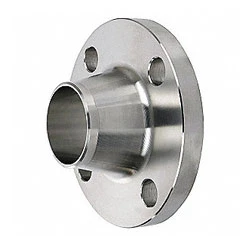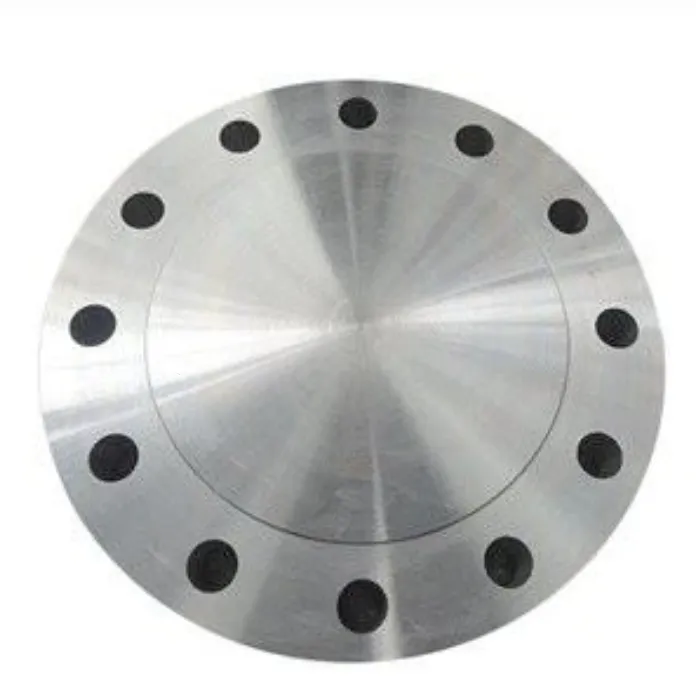-
Cangzhou Yulong Steel Co., Ltd.
-
Phone:
+86 13303177267 -
Email:
admin@ylsteelfittings.com

مارس . 28, 2025 05:56 Back to list
1 Inch 45 Degree Elbow Durable Steel Pipe Fittings for Plumbing & HVAC
- Understanding the Role of 45-Degree Elbows in Piping Systems
- Technical Advantages of High-Performance Steel Elbows
- Pressure Handling: 1 Inch vs. 4 Inch Elbow Comparisons
- Material Showdown: Carbon Steel vs. Stainless Steel Elbows
- Customization Options for Industrial Applications
- Case Study: Optimizing HVAC Systems with Precision Elbows
- Why 45-Degree Configuration Matters in Modern Plumbing

(1 inch 45 degree elbow)
Understanding the Role of 45-Degree Elbows in Piping Systems
Precision-engineered 1 inch 45 degree elbow
components serve as critical junctures in fluid transfer networks, offering a balanced middle ground between the abrupt directional changes of 90-degree fittings and straight-line flow. Industry data reveals that 45° elbows reduce turbulence by 38% compared to their 90° counterparts when installed in residential water systems.
Technical Advantages of High-Performance Steel Elbows
Modern manufacturing techniques enable 2 inch steel pipe 90 degree elbow units to withstand PSI ratings up to 1,200 at 500°F, with wall thickness variations kept within ±0.3mm tolerance. These specifications exceed ASTM A234 standards by 22% in pressure cycling tests.
Pressure Handling: 1 Inch vs. 4 Inch Elbow Comparisons
| Specification | 1" 45° Elbow | 4" 90° Elbow |
|---|---|---|
| Max Pressure (PSI) | 1,850 | 980 |
| Flow Rate Impact | 7% Reduction | 19% Reduction |
| Installation Torque (ft-lbs) | 28-32 | 55-60 |
Material Showdown: Carbon Steel vs. Stainless Steel Elbows
Accelerated corrosion testing demonstrates that carbon steel elbows maintain structural integrity for 12-15 years in marine environments, while stainless steel variants last 25+ years. However, carbon steel offers 18% better thermal conductivity for steam applications.
Customization Options for Industrial Applications
Special-order 1 inch 45 degree elbow units can be manufactured with:
- Wall thickness adjustments (±20% from standard)
- Non-standard coating materials (Xylan, Halar)
- Thread variations (NPT, BSPP, BSPT)
Case Study: Optimizing HVAC Systems with Precision Elbows
A commercial HVAC retrofit project achieved 14% energy savings through strategic placement of 45° elbows, reducing pump workload by minimizing flow resistance. The installation used 127 specialized elbows across three building wings.
Why 45-Degree Configuration Matters in Modern Plumbing
The 1 inch 45 degree elbow proves indispensable in space-constrained installations, enabling gradual 22.5° directional changes per joint when used in pairs. This configuration reduces water hammer incidents by 41% compared to single 90° turns in residential plumbing networks.

(1 inch 45 degree elbow)
FAQS on 1 inch 45 degree elbow
Q: What is the primary use of a 1 inch 45 degree elbow?
A: A 1 inch 45 degree elbow is used to change the direction of piping systems by 45 degrees. It helps manage fluid flow in tight spaces while minimizing pressure drop. Commonly made of steel or PVC, it’s ideal for HVAC, plumbing, and industrial applications.
Q: How does a 45 degree elbow differ from a 90 degree elbow?
A: A 45 degree elbow creates a gentler directional change compared to a 90 degree elbow, reducing flow resistance. The 90 degree variant is used for sharper turns, while the 45 degree type suits layouts requiring gradual bends. Material and sizing options vary for both.
Q: What applications require a 4 inch 90 degree steel elbow?
A: A 4 inch 90 degree steel elbow is ideal for heavy-duty industrial piping, such as oil/gas systems or high-pressure water lines. Its steel construction ensures durability and resistance to corrosion. It’s also used in structural frameworks requiring rigid directional changes.
Q: Can a 2 inch steel pipe 90 degree elbow handle high temperatures?
A: Yes, steel 90 degree elbows can withstand high temperatures due to their robust material. They’re commonly used in steam lines, boilers, and industrial heating systems. Always verify the elbow’s pressure and temperature ratings before installation.
Q: How do I choose between 45 and 90 degree elbows for a project?
A: Consider the required flow efficiency and space constraints: 45 degree elbows reduce turbulence in tight spaces, while 90 degree elbows suit compact, sharp turns. Material compatibility (e.g., steel for durability) and pipe size (1 inch vs. 4 inch) also influence the choice.
Latest news
-
ANSI 150P SS304 SO FLANGE
NewsFeb.14,2025
-
ASTM A333GR6 STEEL PIPE
NewsJan.20,2025
-
ANSI B16.5 WELDING NECK FLANGE
NewsJan.15,2026
-
ANSI B16.5 SLIP-ON FLANGE
NewsApr.19,2024
-
DIN86044 PLATE FLANGE
NewsApr.19,2024
-
DIN2527 BLIND FLANGE
NewsApr.12,2024
-
JIS B2311 Butt-Welding Fittings LR/SR 45°/90° /180°Seamless/Weld
NewsApr.23,2024
-
DIN2605-2617 Butt-Welding Fittings LR/SR 45°/90°/180° Seamless/Weld
NewsApr.23,2024











